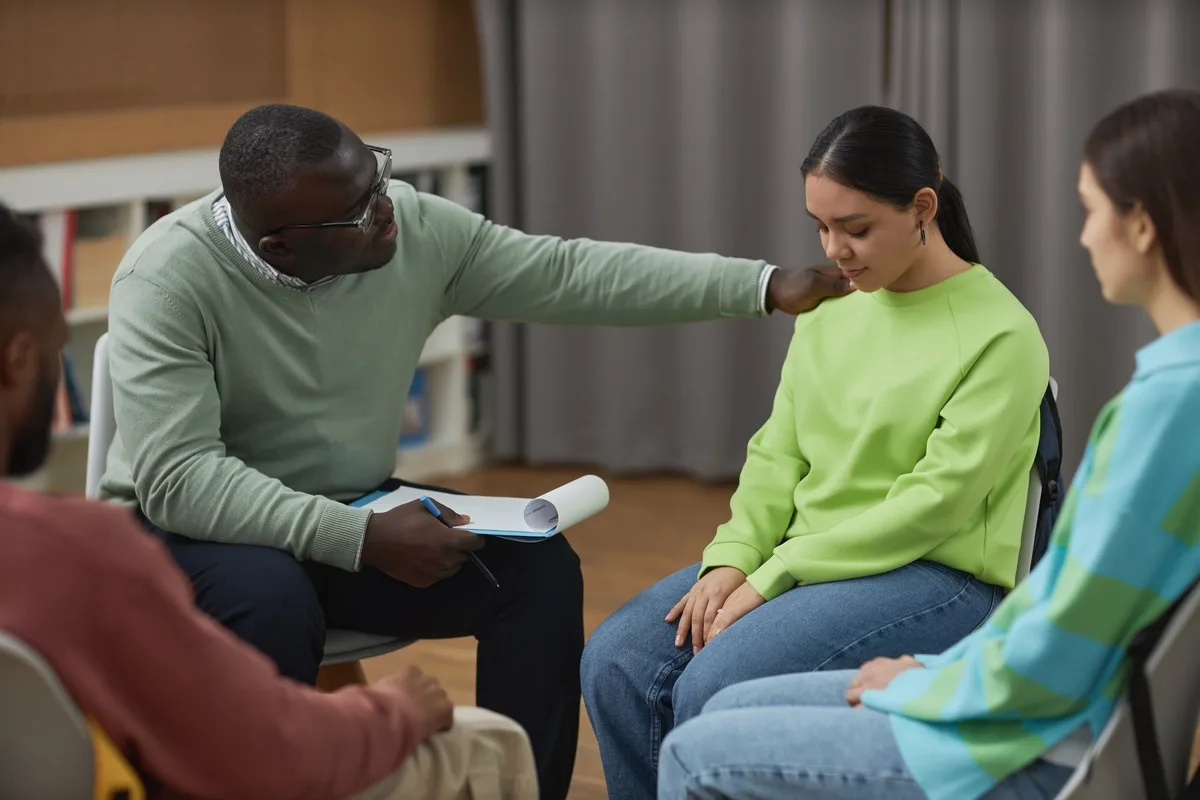24/7 Helpline:
(866) 899-221924/7 Helpline:
(866) 899-2219
Learn more about Residential Rehab centers in San Acacia
Residential Rehab in Other Cities

Other Insurance Options

Magellan

BlueShield

WellPoint

Regence

BlueCross

Highmark

Aetna

Sutter

Absolute Total Care
Beacon

Sliding scale payment assistance

AllWell

Evernorth

Magellan Health

Humana

BHS | Behavioral Health Systems

Group Health Incorporated

Health Partners

Carleon

Amerigroup












